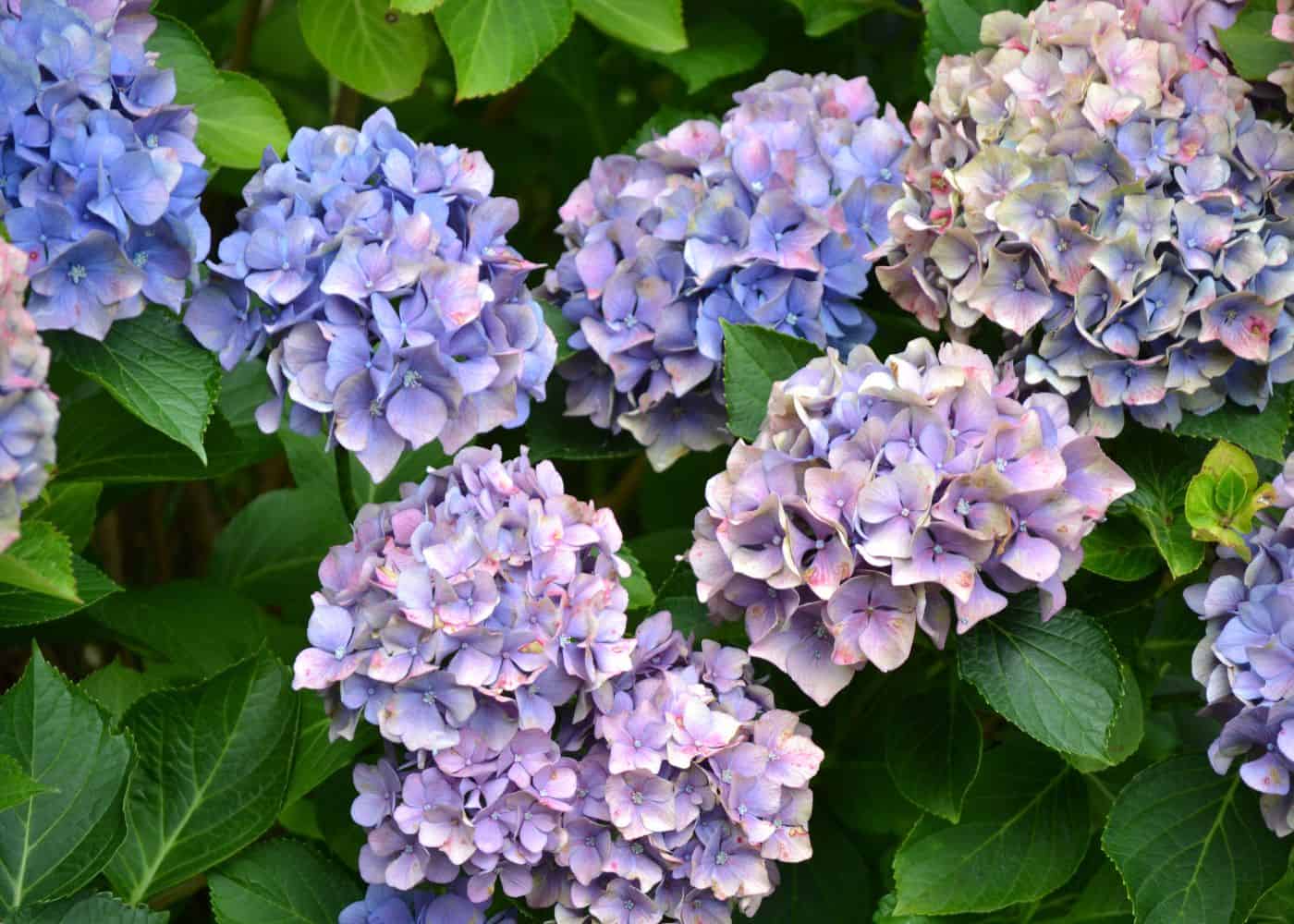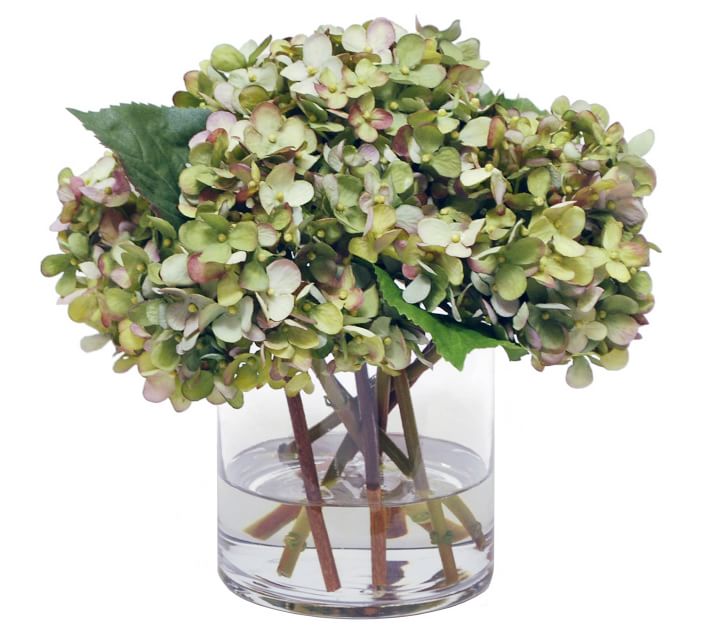Shamrock Hydrangea: The Lucky Charm Of Your Garden
Shamrock Hydrangea: The Lucky Charm of Your Garden
Shamrock hydrangeas are a type of hydrangea that is known for its distinctive leaves, which are shaped like shamrocks. These plants are native to Japan and Korea, and they are prized for their beauty and their easy care.
Shamrock hydrangeas are evergreen shrubs that can grow up to 6 feet tall. They have dark green leaves that are arranged in a whorl around the stems. In the spring, the leaves turn a bright green, and in the fall, they turn a fiery red or orange.
The flowers of shamrock hydrangeas are small and white, and they are arranged in clusters. The flowers bloom in the summer, and they can last for several weeks.
Shamrock hydrangeas are easy to care for. They prefer full sun to partial shade, and they need well-drained soil. They are drought-tolerant once they are established, but they should be watered regularly during the first year after planting.
Shamrock hydrangeas are a great addition to any garden. They are beautiful, easy to care for, and they are said to bring good luck.
Main Content
Planting Shamrock Hydrangeas
Shamrock hydrangeas can be planted in the spring or fall. When planting, choose a spot in your garden that gets full sun to partial shade. The soil should be well-drained, and it should be amended with compost or manure.
Dig a hole that is twice as wide and as deep as the root ball of the shamrock hydrangea. Place the plant in the hole and backfill with soil. Water the plant thoroughly.
Caring for Shamrock Hydrangeas
Shamrock hydrangeas are relatively low-maintenance plants. They need to be watered regularly, especially during the first year after planting. They should also be fertilized once a year in the spring.
Shamrock hydrangeas are drought-tolerant once they are established. However, they may need to be watered more often during hot, dry weather.
Shamrock hydrangeas do not need to be pruned often. However, you may want to remove any dead or damaged branches in the spring.
Pests and Diseases
Shamrock hydrangeas are relatively resistant to pests and diseases. However, they may be susceptible to aphids, spider mites, and scale. If you notice any pests on your shamrock hydrangeas, you can treat them with insecticidal soap or neem oil.
Winter Care
Shamrock hydrangeas are hardy in USDA zones 5 to 9. In colder climates, they may need to be protected from the cold in the winter. You can do this by covering the plant with a burlap sack or by wrapping it with horticultural fleece.
Propagation
Shamrock hydrangeas can be propagated by cuttings. Take cuttings in the spring or summer from healthy, non-flowering stems. The cuttings should be about 4 inches long and should have at least two sets of leaves.
Plant the cuttings in a pot of well-draining soil. Keep the soil moist, and place the pot in a bright, indirect location. The cuttings should root in about 4 to 6 weeks.
Conclusion
Shamrock hydrangeas are beautiful and easy-care plants that are sure to add a touch of luck to your garden. With proper care, they will thrive for many years to come.
If you're looking for a beautiful and easy-to-grow shrub for your garden, the shamrock hydrangea is a great option. These shrubs are known for their bold pink lacecap flowers, which can vary in color from light pink to deep red-pink depending on the soil pH. Shamrock hydrangeas are also relatively low-maintenance, making them a good choice for busy gardeners.
If you're interested in learning more about shamrock hydrangeas, I recommend visiting . This website has a wealth of information about the plant, including its care requirements, planting instructions, and troubleshooting tips. You can also find photos of shamrock hydrangeas in bloom, so you can get an idea of what they look like in your garden.
FAQ of shamrock hydrangea
1. What is a shamrock hydrangea?
A shamrock hydrangea is a type of hydrangea that is known for its bright green leaves that resemble shamrocks. It is a deciduous shrub that can grow up to 6 feet tall and 4 feet wide. Shamrock hydrangeas bloom in the summer, producing large, cone-shaped clusters of flowers that can be white, pink, or blue.
2. What are the care requirements for shamrock hydrangeas?
Shamrock hydrangeas are relatively easy to care for. They prefer full sun to partial shade and moist, well-drained soil. They should be watered regularly, especially during the summer months. Shamrock hydrangeas can be pruned in the spring to remove dead or damaged branches.
3. How do I get my shamrock hydrangea to bloom blue?
The color of shamrock hydrangea blooms is determined by the acidity of the soil. To get your shamrock hydrangea to bloom blue, you need to make the soil more acidic. You can do this by adding peat moss, sulfur, or aluminum sulfate to the soil.
4. What are some common pests and diseases that affect shamrock hydrangeas?
The most common pests that affect shamrock hydrangeas are aphids, spider mites, and scale insects. These pests can be controlled with insecticidal soap or neem oil. The most common diseases that affect shamrock hydrangeas are leaf spot and powdery mildew. These diseases can be prevented by watering the plant at the base and avoiding overhead watering.
5. How do I propagate shamrock hydrangeas?
Shamrock hydrangeas can be propagated by taking cuttings in the spring or fall. To take a cutting, simply cut a 4-6 inch section of stem from the plant and remove the bottom leaves. Dip the cutting in rooting hormone and plant it in a pot of moist potting mix. Keep the pot in a warm, shady location and the cutting will root in a few weeks.





Post a Comment for "Shamrock Hydrangea: The Lucky Charm Of Your Garden"